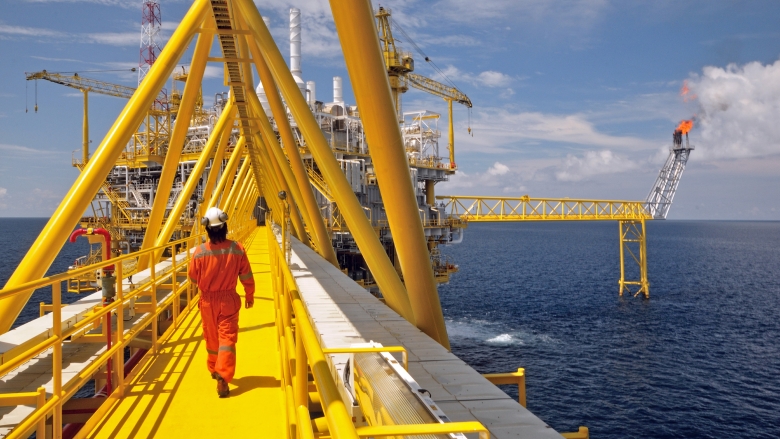March 28, 2022 – Decarbonizing the world’s energy systems is an essential pillar of the global response to climate change. Gas flaring, the 160-year-old practice of burning the natural gas associated with oil extraction, and the related methane emissions represent as much as 12 percent of the greenhouse gases released by the global energy sector.
With the share of energy produced by oil and gas projected to increase until 2040, urgent action must be taken to accelerate the transition to net-zero. Ending routine gas flaring and curtailing methane emissions can reduce emissions significantly, while providing millions of people with an energy source. Estimates show that all the associated gas flared across the world could power the entire Sub-Saharan Africa.
The Financing Solutions to Reduce Natural Gas Flaring and Methane Emissions report provides a systematic framework to evaluate the feasibility of flare reduction projects at medium-sized flaring sites. The approaches and tools developed will help policymakers and operators analyze investment barriers, identify key variables and success factors, and model financial options for those medium-sized flares that have historically been overlooked.
Much attention has rightly been focused on large-scale gas capture projects that tackle the largest flares over the last two decades. At the same time, rapid technological innovation has made small-scale flaring reduction projects increasingly feasible. Correspondingly, total flaring volumes have decreased 19 percent since 2003.
However, these developments fail to address the “missing middle”—flares requiring major financial investment, but for which traditional financing approaches and solutions are ill-suited. Satellite-based estimates provided by the Global Flaring and Methane Reduction Partnership (GFMR) show that these “missing middle” sites account for nearly 60 percent of the 142 billion cubic meters of associated gas wastefully burnt each year. These sites must now be prioritized.
Our findings show that project developers could attract the necessary investment from private investors and cost-effectively tackle many of the more than 2,000 flaring sites that fall into the “missing middle.” However, the report also finds that significant barriers remain for flaring and methane reduction projects, including a lack of prioritization by operators, unsupportive regulatory environments, and inadequate infrastructure and macroeconomic risk. Overcoming these barriers requires new ways of approaching flaring and methane reduction projects.
This report helps signpost the way forward and encourages operators and governments to treat associated gas as an asset, not an unwanted by-product, enabling oil producers to end routine flaring by 2030.

